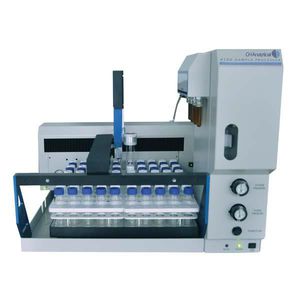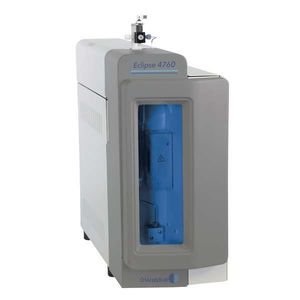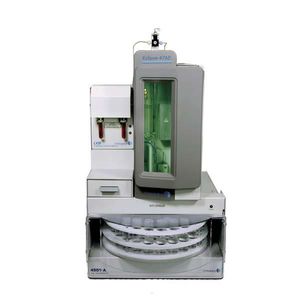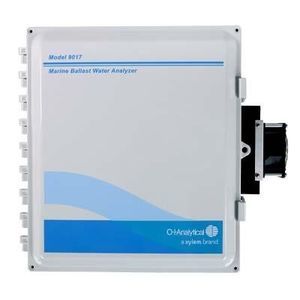
Gas chromatography detector 5350 TandemPIDconductivity
Add to favorites
Compare this product
Characteristics
- Type
- gas
- Technology
- PID, conductivity
Description
Increase efficiency and save counter space with the Model 5350 Tandem Photoionization Detector/Electrolytic Conductivity Detector (PID/ELCD), a smartly designed instrument for dual detection of aromatic and halogen compounds.
Overview
The Model 5350 Tandem PID/ELCD packs in the power of two great detectors: Model 4430 PID and Model 5320 ELCD, removing the need for separate analyses of aromatic and halogen compounds. Its unique design eliminates transfer lines and uses only one detector port. Detectors can be used separately if desired. The 5350 Tandem PID/ELCD is compatible with most GC manufacturer’s instruments.
Model 5350 Tandem PID/ELCD Features:
Unique tandem design eliminates transfer lines and minimizes dead volume
Tandem detector design uses only one GC detector port
Patented UV Lamp Window Sweep™ design minimizes fouling from window surface contamination
Exclusive Lampsaver™ circuit can be programmed to turn PID lamp off after a specified period to improve lamp life
ELCD incorporates quick change, disposable deionizing resin cartridge, and a simplified solvent system
Reactor design uses brass and graphite/Vespel® ferrules instead of solid graphite ferrules
Programmable solvent venting through GC timed event
Specifications
Dynamic Range - > 106
Linear Range - > 106
Sensitivity - > 40 pg Benzene
Maximum Operating Temperature - 250 ˚C
Lamp Current - 0–1.60 mA (in 9 steps)
Lampsaver Time - 0.5–2 hr, reset by external contact
Patent - The 4430 PID is protected under U.S. Patent number 4,804,846.
Gas Requirements - Helium (99.999%)
Catalogs
No catalogs are available for this product.
See all of OI Analytical‘s catalogsRelated Searches
- Analysis software
- Control software
- Laboratory software
- Reporting software
- Laboratory analyzer
- Automated software
- Tracking software
- Control analyzer
- Analyzer for the pharmaceutical industry
- Temperature analyzer
- Flow analyzer
- Environmental analyzer
- Evaluation software
- Continuous analyzer
- Security software
- CO2 analyzer
- Analyzer with touchscreen
- Water analysis analyzer
- Automatic sampler
- Chromatography detector
*Prices are pre-tax. They exclude delivery charges and customs duties and do not include additional charges for installation or activation options. Prices are indicative only and may vary by country, with changes to the cost of raw materials and exchange rates.











